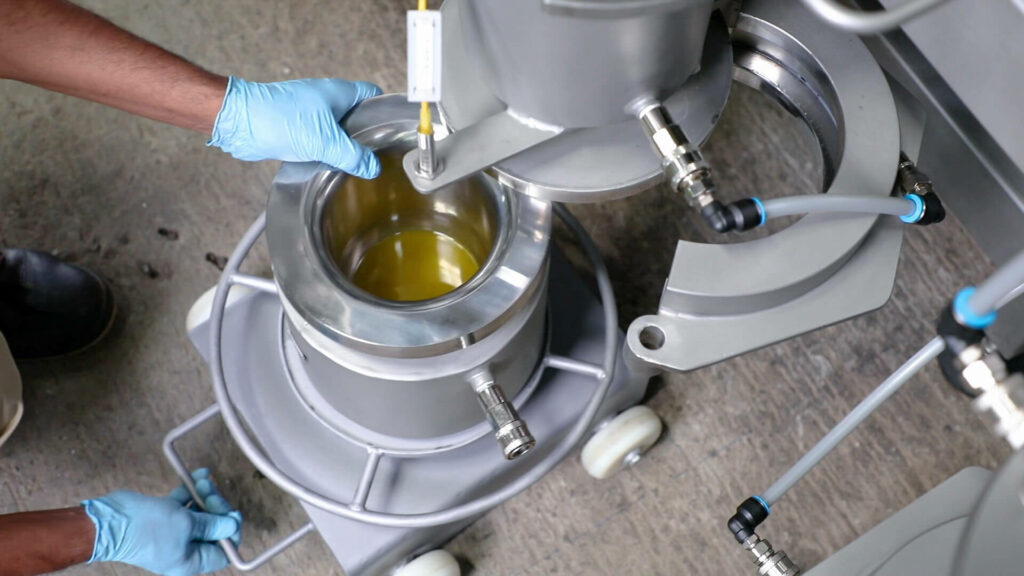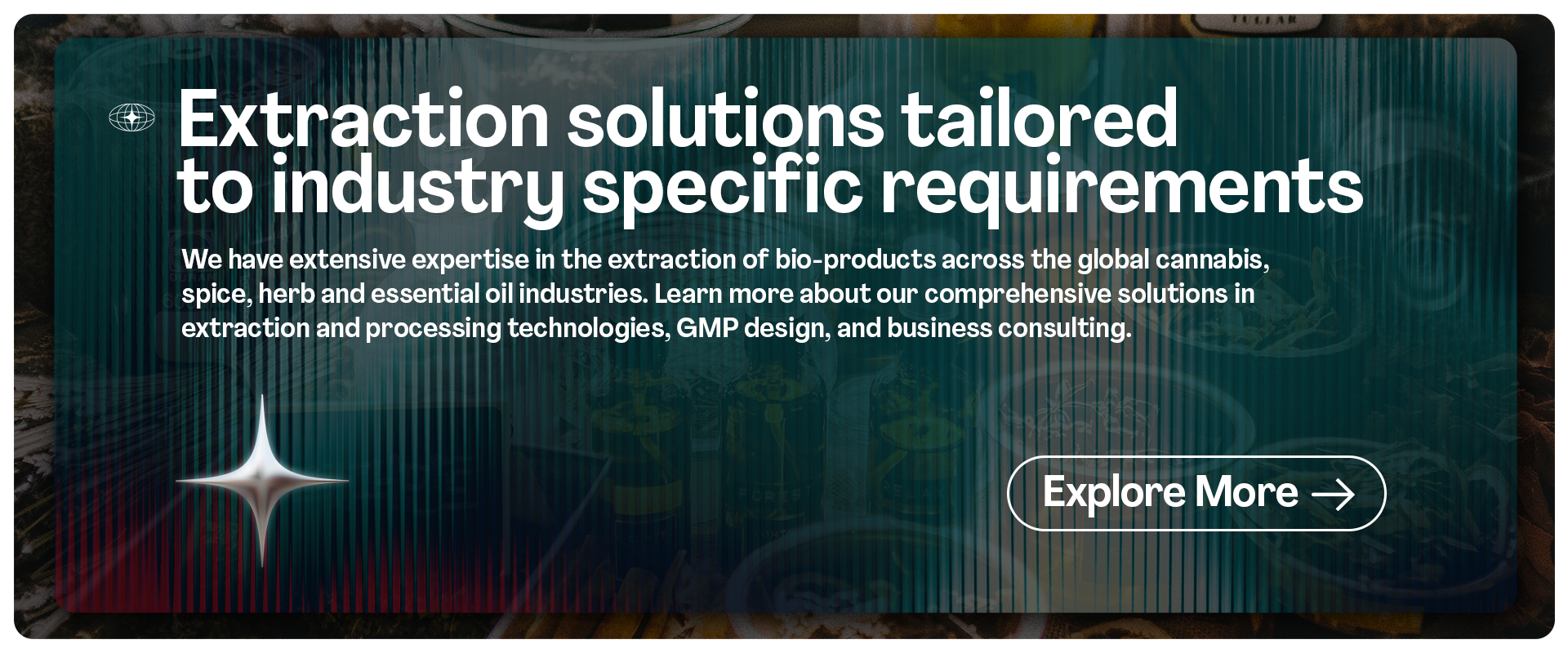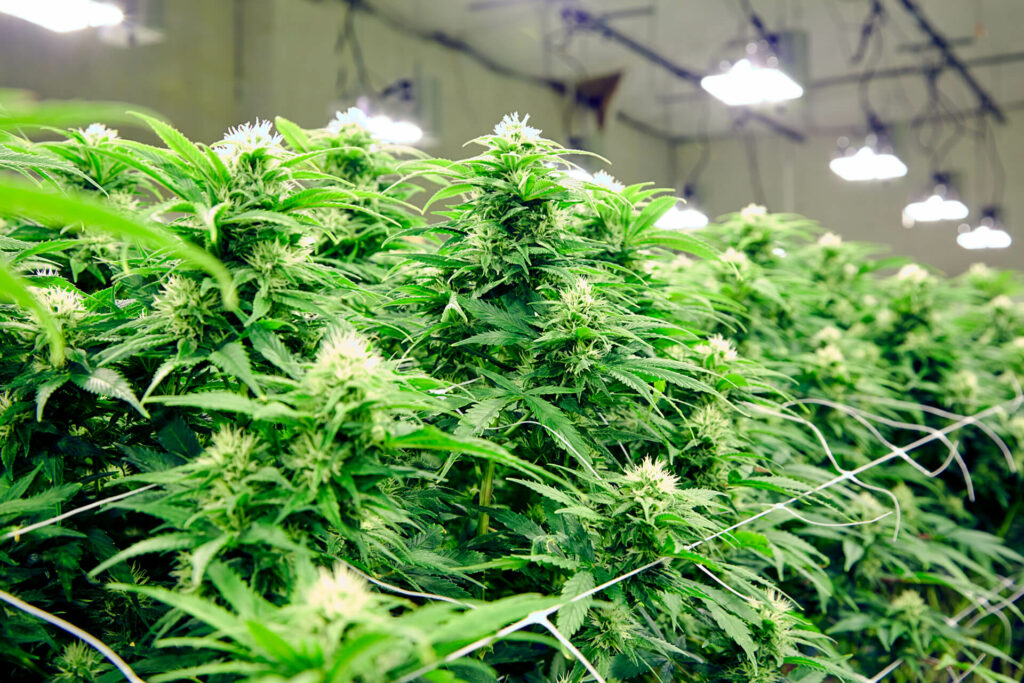In 2025, the botanical and pharmaceutical industries increasingly rely on supercritical CO₂ extraction machines to produce high-purity oils, isolates, and concentrates from materials like hemp, cannabis, hops, lavender, and other botanicals. These CO₂ extractors harness supercritical carbon dioxide—a solvent state achieved above 31.1°C and 73.9 bar—to deliver precise, residue-free extractions at high pressures and controlled temperatures. The performance and adoption of supercritical CO₂ extraction equipment hinge on three critical factors: cost, safety, and food-grade compliance. Cost dictates accessibility for startups versus industrial giants, safety ensures operator protection under high-pressure conditions, and food-grade compliance guarantees product purity for edible and pharmaceutical applications. Systems like Buffalo Extraction Systems’ Level 1 CO₂ extraction systems exemplify how these factors converge to enhance efficiency, scalability, and market competitiveness in closed loop CO₂ extractors. This analysis explores their profound impact on supercritical fluid extraction equipment, shaping ROI, regulatory adherence, and technological innovation in CO₂ extract machines.
The Impact of Cost on CO₂ Extraction Machines
Cost significantly influences the adoption of supercritical CO₂ extraction machines, with CO₂ extraction machine prices varying based on scale, automation, and certifications. Entry-level lab-scale CO₂ extraction equipment, such as compact units, is ideal for small batches and suited for R&D or boutique operations processing essential oils. Mid-tier supercritical CO₂ extractors, like Buffalo’s Level 1 with dual extractors, offer features like co-solvent pumps and SCADA integration for small businesses targeting moderate batch sizes. Industrial-scale CO₂ extraction systems can be high-cost, though used equipment markets offer options that lower entry barriers. These supercritical CO₂ extraction machine prices reflect investments in robust components like proprietary changeover valves and high-flow pumps, which enable efficient CO₂ recyclability, cutting solvent costs compared to ethanol-based methods.
High CO₂ extraction machine prices impact scalability: Small operators using closed loop CO₂ extractors may start with affordable models but face costly upgrades for higher volumes, while large facilities justify premiums through yield improvements. Rising CO₂ supply chain costs elevate operational expenses, but tax incentives for green technologies offset this for compliant CO₂ extraction machines. Modular designs in supercritical CO₂ extraction equipment allow phased investments, enabling businesses to scale from pilot to industrial without full system overhauls. Additionally, lower utility costs—driven by efficient CO₂ recycling and energy-optimized chillers—reduce long-term expenses, making CO₂ extract machines economically viable despite high upfront costs. Premium isolates produced using these systems can achieve higher market prices, supporting ROI for small and medium operations.
Safety Considerations in Supercritical CO₂ Extraction Equipment
Safety is a cornerstone of supercritical CO₂ extraction machines, where high pressures and temperatures introduce risks like explosive decompression and CO₂ asphyxiation. In 2025, updated standards such as NFPA 660 and the International Fire Code mandate enhanced safety protocols for cannabis extraction, emphasizing inert CO₂ handling to prevent ignition risks in CO₂ extraction systems. NIOSH guidelines stress robust ventilation and continuous monitoring to mitigate CO₂ exposure in certified facilities. ISO 22000:2025 further tightens requirements for CO₂ extraction equipment, mandating HAZOP (Hazard and Operability) studies to identify potential failure points in high-pressure vessels and piping.
These regulations shape supercritical CO₂ extractors by necessitating advanced safety features. For instance, Buffalo’s Level 1 CO₂ extract machines incorporate PED certified proprietary changeover valves and superior sealing technology to prevent leaks and enable safe isolations without full depressurization. These valves use fluoropolymer seals to counter CO₂-induced swelling, a common cause of seal failure in closed loop CO₂ extractors. Non-flammable CO₂ reduces fire hazards compared to hydrocarbon solvents, but new USDOT CO₂ pipeline regulations effective in 2025 require comprehensive operator training and maintenance protocols, increasing supercritical CO₂ extraction machine costs. SCADA-enabled remote monitoring in CO₂ extraction machines further enhances safety by providing real-time alerts for pressure spikes or seal wear, minimizing downtime from safety breaches. For GMP-compliant operations, these features ensure adherence to OSHA and EU directives, enabling continuous production with reduced risk of accidents or equipment failure.
Operational and Regulatory Safety Impacts
Safety compliance streamlines workflows in supercritical fluid extraction equipment by integrating predictive maintenance, which cuts accident-related downtime and lowers insurance requirements. CO₂’s low toxicity eliminates the need for specialized PPE, simplifying operations in CO₂ extraction systems. However, non-compliance can lead to costly shutdowns or fines, particularly under 2025’s stricter audits, emphasizing the need for certified supercritical CO₂ extractors. Safety investments, while increasing initial costs, enhance reliability and operator confidence, enabling continuous operation in high-pressure environments and supporting scalability in CO₂ extract machines.
Food-Grade Compliance in CO₂ Extraction Systems
Food-grade compliance is paramount for supercritical CO₂ extraction machines producing edibles, nutraceuticals, and pharmaceuticals, ensuring extracts are free of contaminants and safe for consumption. In 2025, global regulations like the FDA’s FSMA and EU’s Novel Food framework align with GMP and PED certifications, mandating food-grade materials in CO₂ extraction equipment. Supercritical CO₂’s non-toxic, residue-free nature makes it ideal for compliance, unlike solvent-based methods that risk residual chemicals. Buffalo’s Level 1 CO₂ extractors, certified to cGMP ASME standards, use 316L stainless steel and validated cleaning protocols to ensure purity, supporting applications from CBD oils to food-grade flavor extracts.
Compliance impacts supercritical CO₂ extraction equipment by requiring robust design choices, such as anti-hydrolysis materials that minimize raw material degradation and maintain formulation stability. These features enable closed loop CO₂ extractors to produce high-purity outputs that command premium market value. Compliance also facilitates global market access—certified CO₂ extraction systems meet export standards for numerous countries. Ongoing validation, including microbial testing and traceability logs, adds to operational costs but mitigates recall risks. Food-grade supercritical CO₂ extractors support versatile applications like fat removal in food processing, enhancing product versatility and consumer safety.
Economic and Quality Impacts of Compliance
Certified CO₂ extraction machines ensure consistent quality, reducing waste and boosting yields by preserving bioactive compounds. This is critical for industries like nutraceuticals, where stable formulations drive consumer trust. Compliance also streamlines regulatory approvals, accelerating time-to-market for supercritical fluid extraction equipment products, which is a competitive edge in fast-paced markets.
Interconnected Impacts and Future Outlook
Cost, safety, and food-grade compliance are deeply interconnected in supercritical CO₂ extraction machines. High safety standards increase CO₂ extraction machine costs but enable compliance, unlocking premium markets like pharmaceuticals. In 2025, innovations like modular CO₂ extraction systems balance these factors, offering cost-effective scaling with robust safety and compliance features. Challenges include supply chain volatility for CO₂ and components, which may raise costs, but benefits—safer operations, pure extracts, and higher ROI—drive adoption. As regulations evolve, supercritical CO₂ extraction equipment with integrated SCADA and GMP certifications will lead, ensuring sustainability and market dominance.
Conclusion
Cost, safety, and food-grade compliance shape the landscape of supercritical CO₂ extraction machines, driving accessibility, reliability, and product quality. By addressing these factors, CO₂ extraction equipment like Buffalo’s Level 1 ensures efficient, safe, and compliant operations, meeting the demands of 2025’s competitive market.




